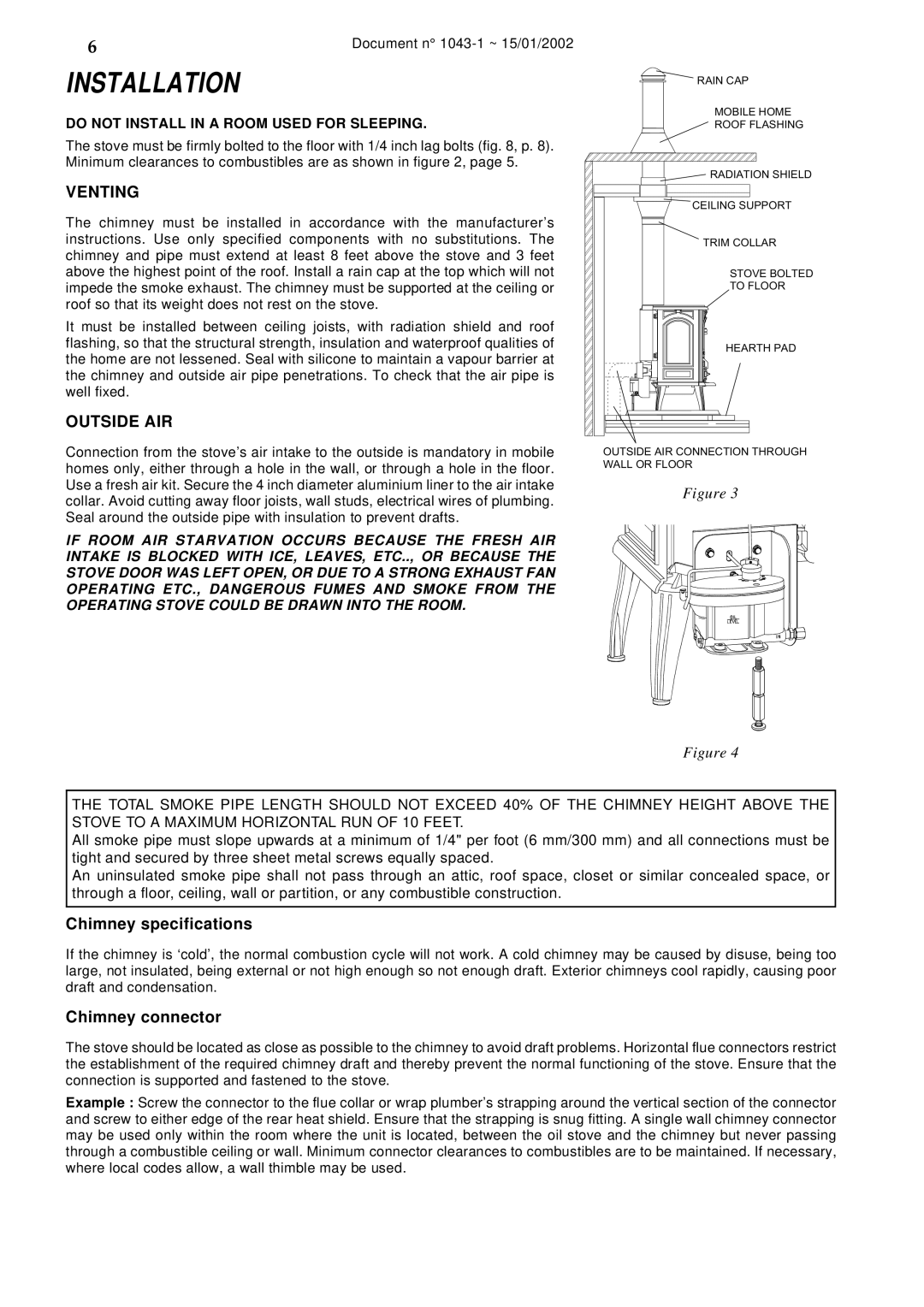SAVOY OS11 specifications
The Napoleon Fireplaces SAVOY OS11 is a remarkable addition to the lineup of premium fireplace solutions, known for its elegant design and superior heating capabilities. This stylish gas fireplace not only enhances the aesthetic of any living space but also offers innovative technologies that ensure efficient and effective heating for your home.One of the standout features of the SAVOY OS11 is its large viewing area. The expansive glass front allows for an unobstructed view of the mesmerizing flames, creating a stunning focal point in any room. The frameless design provides a sleek, modern appearance that complements a variety of interior styles, from contemporary to traditional.
The SAVOY OS11 is equipped with Napoleon’s patented PHAZER® log set, which perfectly mimics the look of real wood burning. The high-definition, handcrafted logs enhance the realistic appearance of the fire, while the advanced technology behind the flame produces a vibrant and lifelike flame pattern that adds warmth and ambiance to your home.
In terms of heating performance, the SAVOY OS11 boasts impressive efficiency ratings. With an input of up to 30,000 BTUs, this fireplace can effectively heat large areas, ensuring comfort on even the coldest of nights. Its dual burner system provides the option to adjust the flame height and heat output, allowing users to customize their experience based on their specific needs.
Moreover, the latest in safety features ensures peace of mind when using the SAVOY OS11. The fireplace is designed with a safety shut-off valve that automatically turns off the gas supply in the event of a malfunction. Additionally, the unit is equipped with a child safety barrier and a tempered glass front to prevent accidental burns.
Installation and maintenance are made convenient with the SAVOY OS11, as it can be easily integrated into both new and existing homes. The fireplace is compatible with a variety of venting options, giving homeowners flexibility in how they choose to incorporate it into their living space.
Overall, the Napoleon Fireplaces SAVOY OS11 is a perfect blend of sophisticated design and cutting-edge technology. With its impressive heating efficiency, realistic flame presentation, and safety features, it stands out as a leading choice for those looking to elevate their home heating experience.

